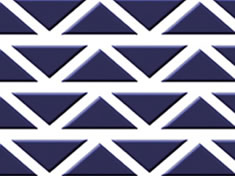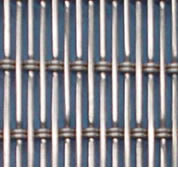Perforated Metal Architectural Mesh:
- Perforated Metal Mesh for Indoor Decoration
- Perforated Stainless Steel Mesh
- Perforated Brass Mesh
- Perforated Aluminum
- Perforated Metal Flooring
- Perforated Metal Mesh for Outdoor Decoration
- Hexagonal Opening Perforated Metal Mesh
- Triangle Opening Perforated Metal Mesh
- Square Opening Perforated Metal Mesh
- Round Opening Perforated Metal Mesh
- Rectangular Opening Perforated Metal Mesh
- Perforated Angle Bead
- Perforated Metal Anti-Slip Tread Plate
- Decorative Opening Perforated Metal Mesh
Woven Metal Mesh for Architectural Uses:
Expanded Metal for Architectural Products:

Triangle Opening Perforated Metal Mesh
Perforated metal is also known as the perforated sheet, stamping plates, perforated screen, made through the metal stamping and sheet metal manufacturing. Sheet metal materials include steel, aluminum, stainless steel, bronze, brass, titanium, aluminum, polyethylene, and so on.
Features of Perforated Triangle Opening
Good strength-to-weight ratio
Attractive appearance
Accurate hole sizes
Available in corrosion resistant materials
Available in lightweight materials
Suitable for decorative applications
Uses of Perforated Triangle Opening
Liquidity drying machine, dryer rotating flow, wind screen, the shaker machine, and so on
Metal Perforation is generally done by Die & Punch technique. Usually there are a number of punches and dies in a given set. The material is sheared by the sharp edges of the punch and die. The clearance (the measured distance between the outside circumference of the punch and the inner circumference of the die) must be maintained to ensure a clean cut from the work peice. The punch is pressed through the material (either by machine or hand tool) and into the die removing a blank, resulting in a perforated work peice.





